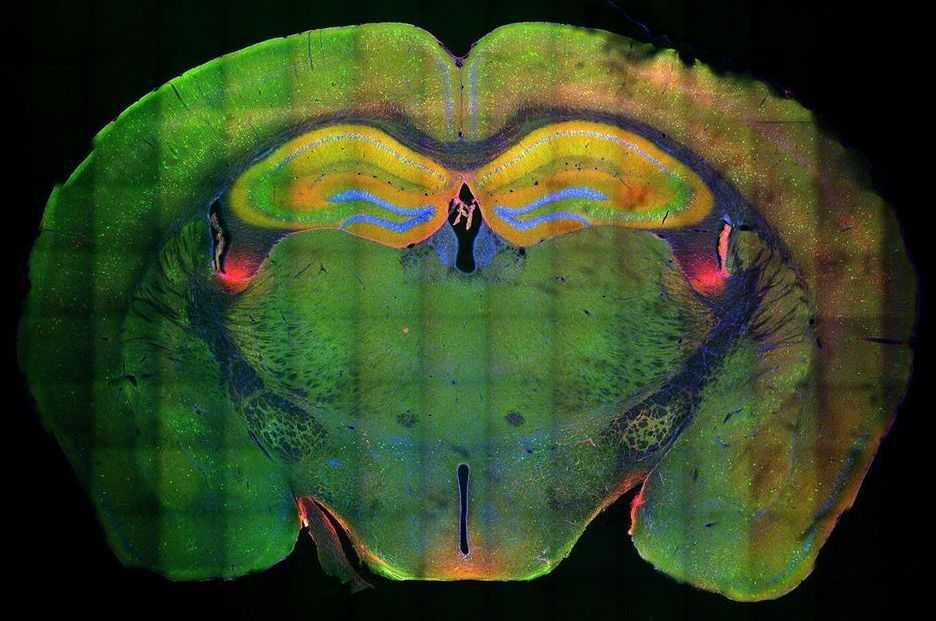This heartfelt documentary follows their journey.
Subscribe: https://bit.ly/39caHHE
About Netflix:
Netflix is the world’s leading streaming entertainment service with 193 million paid memberships in over 190 countries enjoying TV series, documentaries and feature films across a wide variety of genres and languages. Members can watch as much as they want, anytime, anywhere, on any internet-connected screen. Members can play, pause and resume watching, all without commercials or commitments.
Find Netflix Malaysia on:
➡️INSTAGRAM: https://www.instagram.com/netflixmy
➡️TWITTER: https://twitter.com/netflixmy
Find Netflix Singapore on:
➡️INSTAGRAM: https://www.instagram.com/netflixsg
➡️FACEBOOK: https://www.facebook.com/NetflixSG
Hope Frozen: A Quest To Live Twice | Main Trailer | Netflix








